C’est l’heure de l’Apero
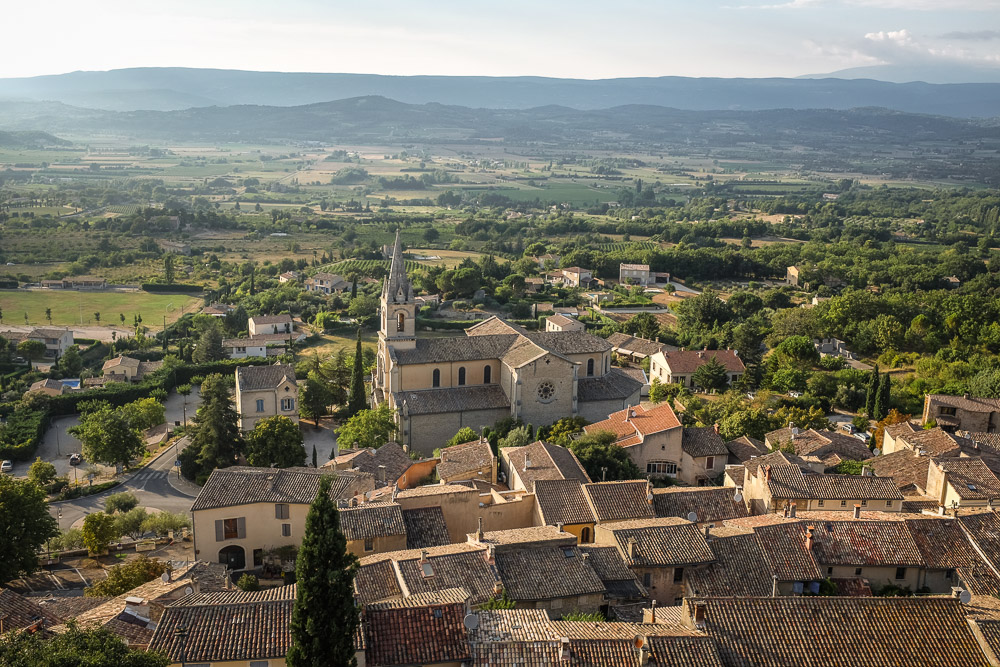
A summer’s day in France is never complete without an evening Apéro and there is nothing more quintessentially Provençal than a pre-dinner Pastis. With the sun working overtime in July and August, it is not unusual to go to a late dinner just as the skies turn a bright tangerine orange and by the time the plates have been wiped clean with some bread, the shooting stars have started to fall. But before that, when the afternoon air comes to a still and the bugs quieten down in the fields; friends, families and couples flock to the village bars and hidden gardens for l’heure de l’apéro.
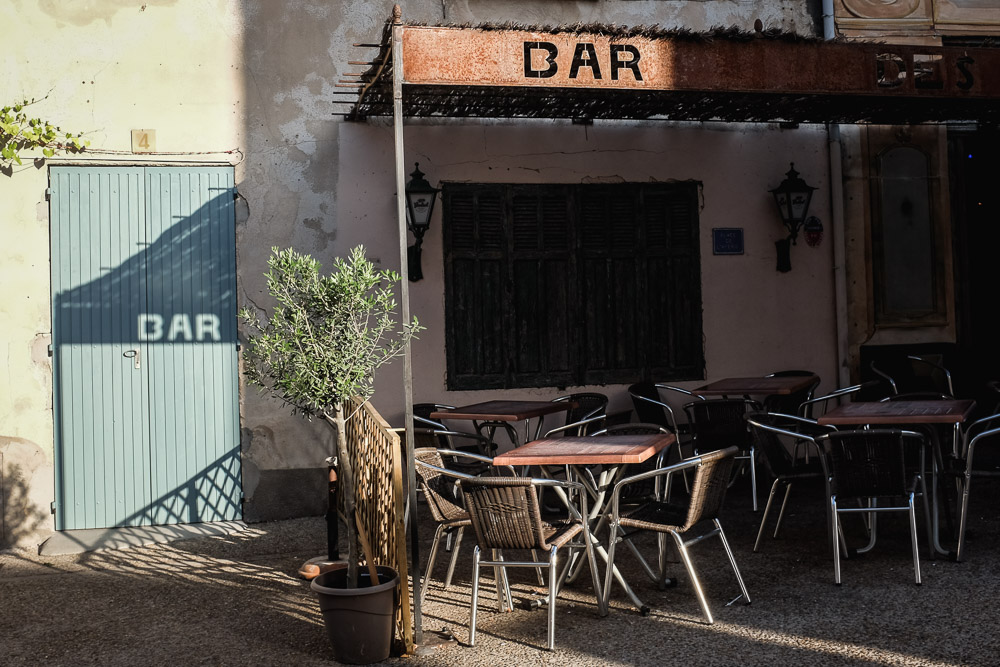
Apéro is short for Apéritif, a french word taking its roots from the latin aperire, meaning “to open”. The idea being that it would “open” your appetite, whet your tastebuds, put you in the mood for more food. While in Spain, drinks have been accompanied by tapas for centuries and in Italy it has now become common to stuff a full buffet meal in with your spritz, in France, the focus is more on the cool smooth drink.
The apéritif was actually first formulated by a French chemist in 1846 called Joseph Dubonnet who introduced his eponymous quinine carrying wine as a way to combat malaria. His wife loved the taste and helped spread its popularity by sharing it with all her friends and soon the Dubonnet-based apéritif became a staple in all the cafés of France. As with another favourite of mine, gin & tonic, many concoctions of the day were actually sweetened deliveries for bitter medicine. Around the same time Dubonnet was gaining popularity and being used by the French Legion, British soldiers in India begin mixing water, sugar, lime and gin to quinine to help down the bitter taste and the G&T was born.
In a random case of more recent British-French amour, supposedly the Queen Mother enjoyed mixing her own drink of 30% Gin with 70% Dubonnet over ice and a slice of lemon.
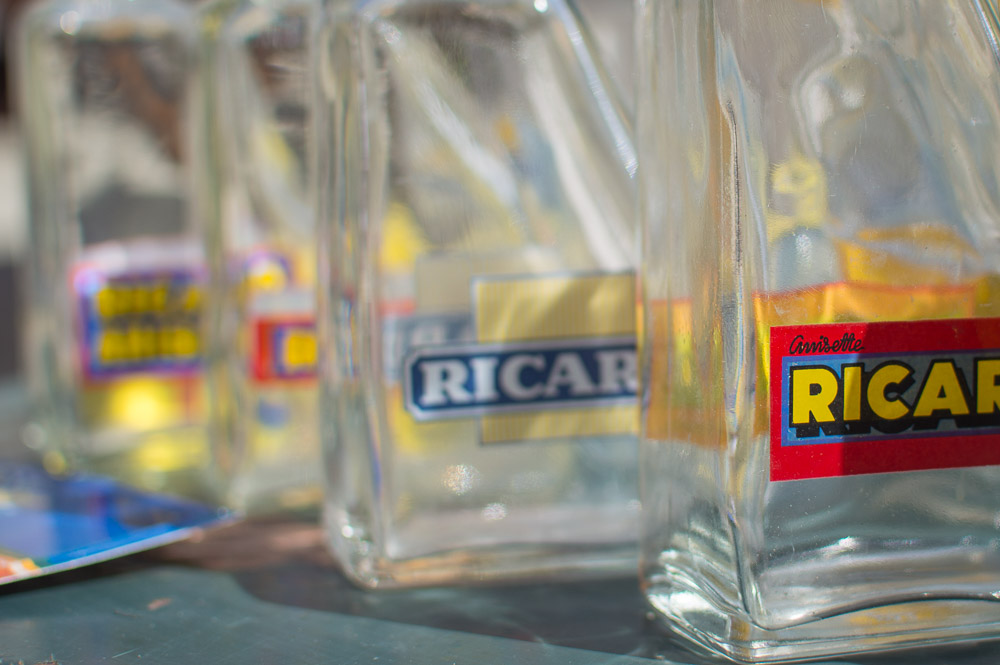
However, in the South, it is pastis that reigns at l’apéro. At every other bar table you will see a glass half-filled with milky cream and a carafe of water next to it. More often than not, the glass or the carafe will say Ricard. Paul Ricard dominated the apéro scene in the South by bringing the anise-heavy drink to its shores in 1932. There must be something about the Mediterranean air that favours a penchant for anise-flavoured drinks such as Greece’s ouzo, Croatia’s rakia, Turkey’s raki and Italy’s sambuca. The word pastis comes from the langue d’oc spoken in the south (including the dialect provençal), meaning “mash-up”.
Paul Ricard was originally introduced to pastis by an old shepherd and later experimented with and perfected the drink in his bedroom by adding other ingredients such as star anise, fennel seeds, liquorice and herbs from Provence. The exact recipe still remains a secret today.
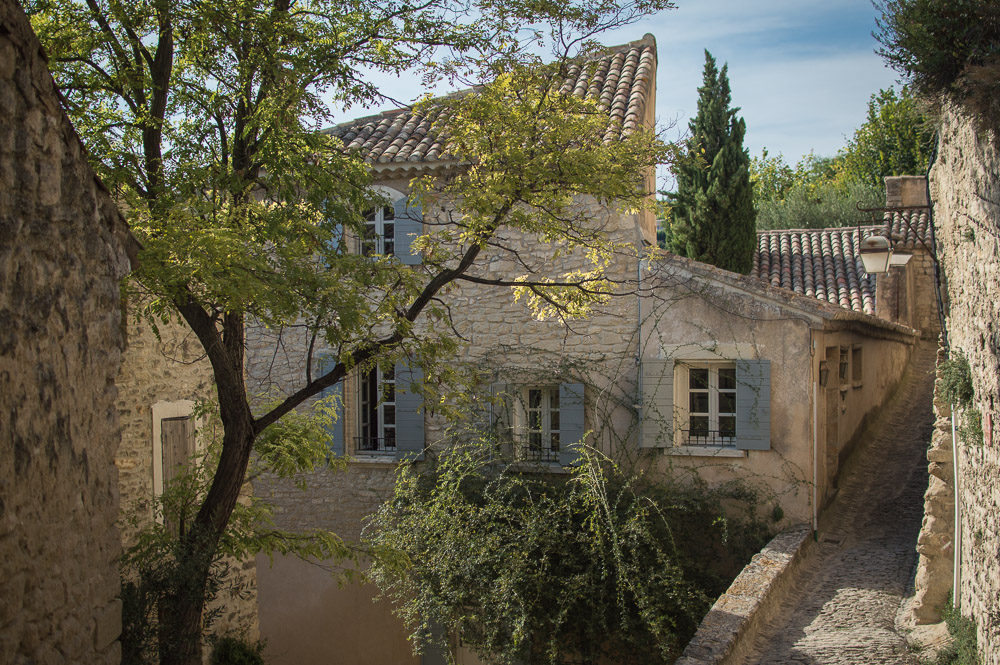
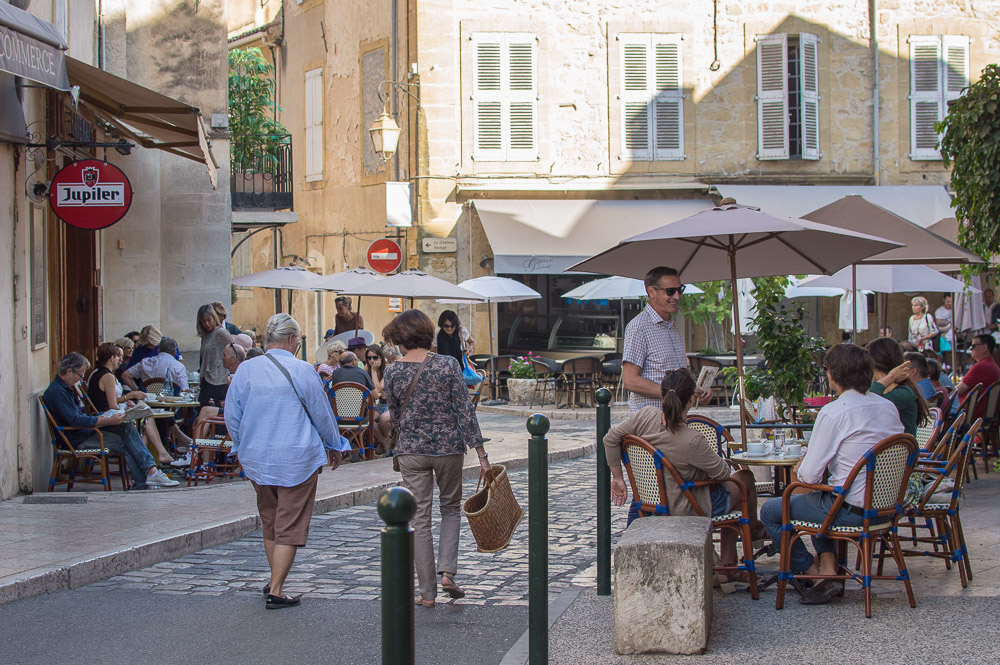
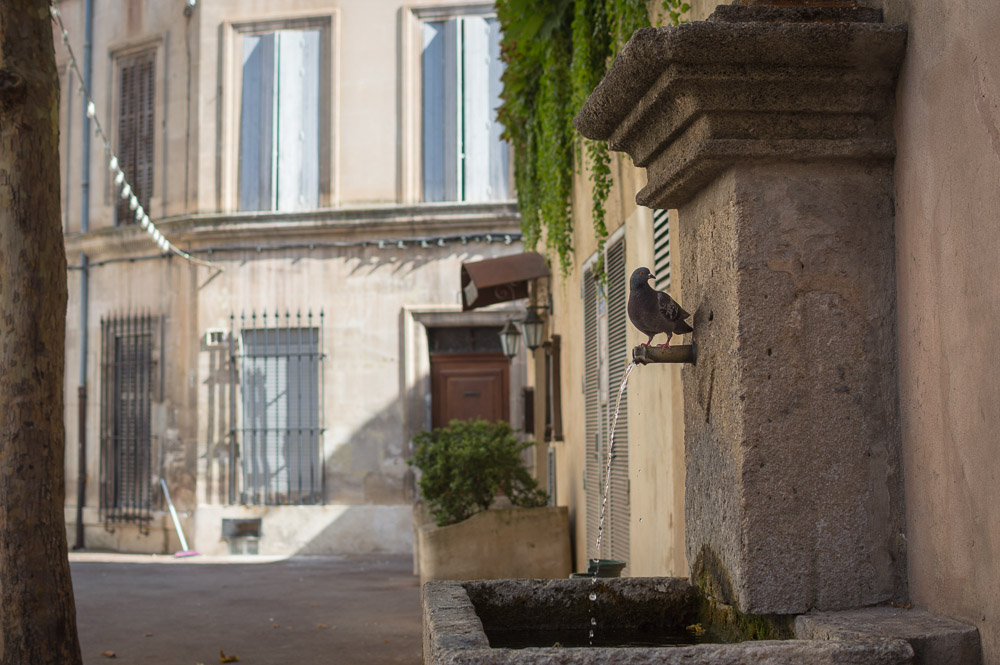
Pastis did not always have an easy time in France. The aftermath caused by absinthe, also an aniseed drink, led to aniseed-based spirits being banned during the First World War and again in the Second World War as being “contrary to the values” of Vichy France. As a testament to its popularity however, it re-emerged after the prohibition to become one of the most sold liqueurs in France to this day. After many years on the market, Ricard merged with its largest competitor Pernod to form Pernod Ricard in 1975 and became one of the biggest drinks companies in the world.
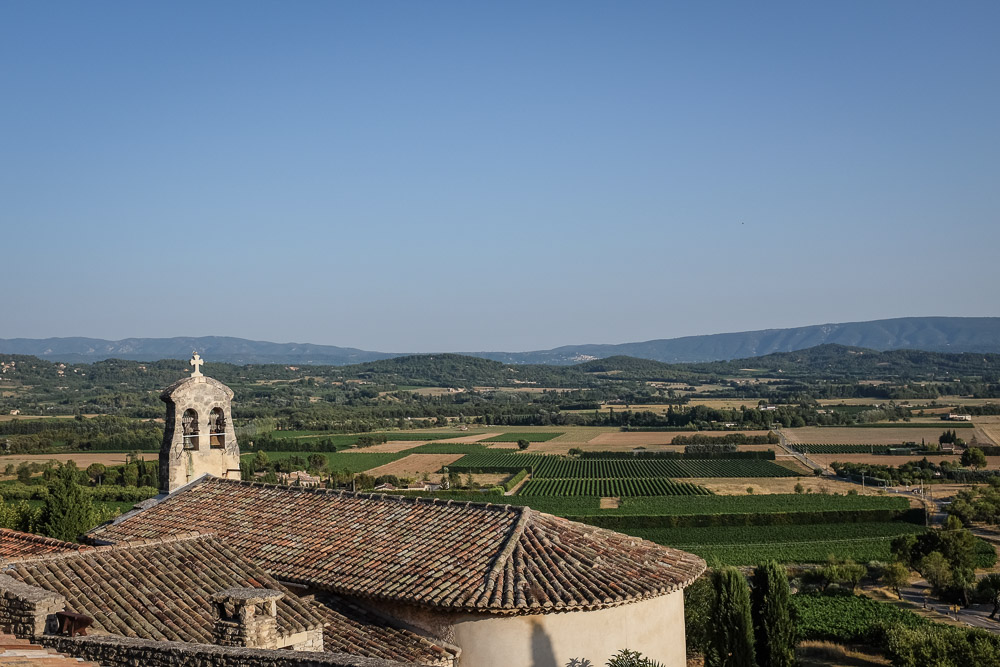
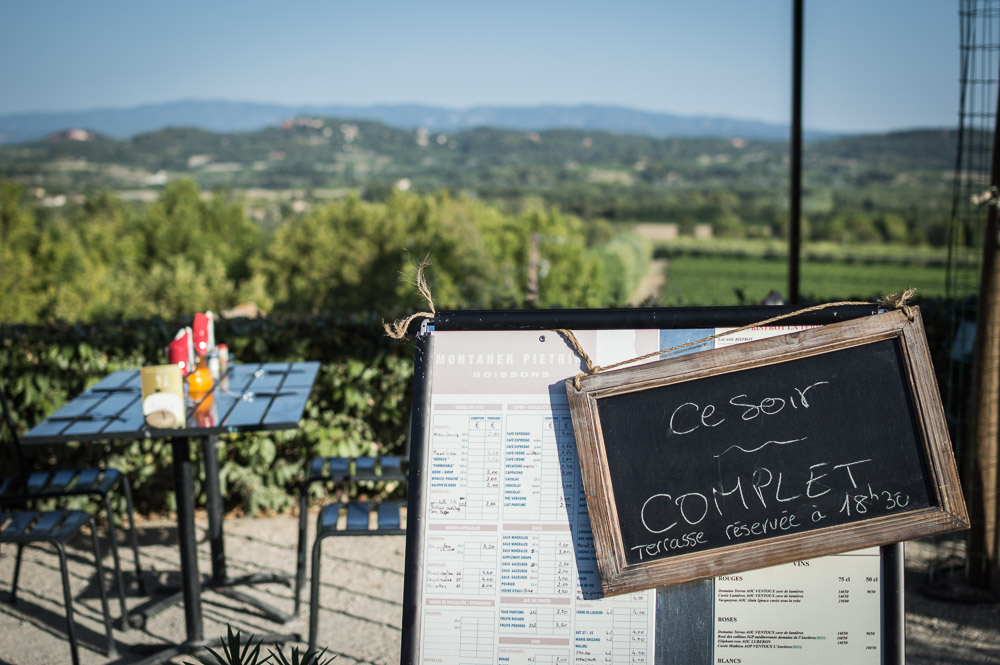
As we spend our days exploring picture-perfect villages or lounging by the pool, everyone starts glancing at their watch around 7pm. The promise of ice cubes cracking in a milky haze as water is poured into a thin tall glass calls our name. If we are home, there will be a side of spicy black olives, crostini with green tapenade, salty rich anchoïade and my favourite brandade de morue. When we are out, you must be quick to grab your seat with a view, if you are in one of the guide-book darlings of Provence. Be it in the stunning hill top rock village of Gordes or the gorgeous, but very touristy Roussillon, it is likely that you will find a sign saying “complet” unless you are one of the lucky ones with a “post-apéro dinner reservation”. If you are prepared to venture away from the beacons of gift shopping and photo viewpoints, the lesser known paths will bring you to discover the hidden and quieter gems of the Luberon – Joucas, Saint Saturnin Les Apt, Caseneuve or Villars just to name a few of our favourites.
Everyone happily sits down to catch up on their day and one empty pastis glass is replaced with another until there is one lonely pistachio left in the bowl and l’heure de l’apéro turns into l’heure du diner.
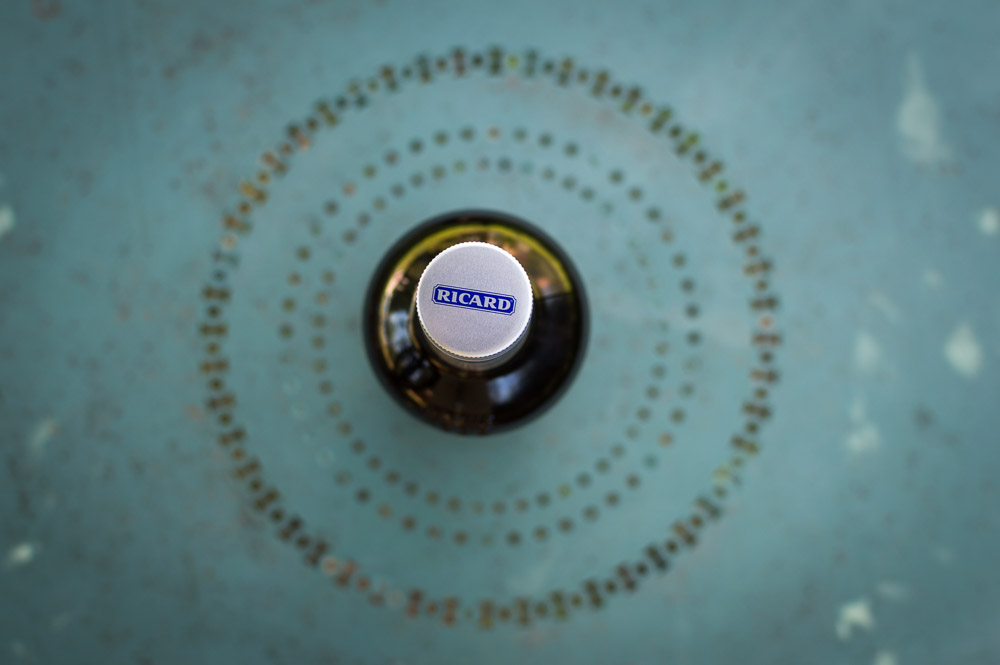
LE TRIO DU LUBERON \ˌlə trio əv ðə luberon\
L’apero with pastis is not limited to plain pastis with water or ice, there are several popular variations in Provence that you will see over and over again. Not only are they a mix of interesting flavours, but they also have surprisingly cute names. There is no need for a menu, we were staying opposite the stunning dark purple hills of the Luberon, where all you have to do is ask for a Mauresque “moorish”, a Perroquet “parrot” or a Tomate “tomato”.
For a Tomate
10-20 ml grenadine (depending on how sweet you want it)
30 ml pastis
chilled water to taste
Pour in the grenadine, add the pastis and mix in chilled water to taste. Ice cubes optional.
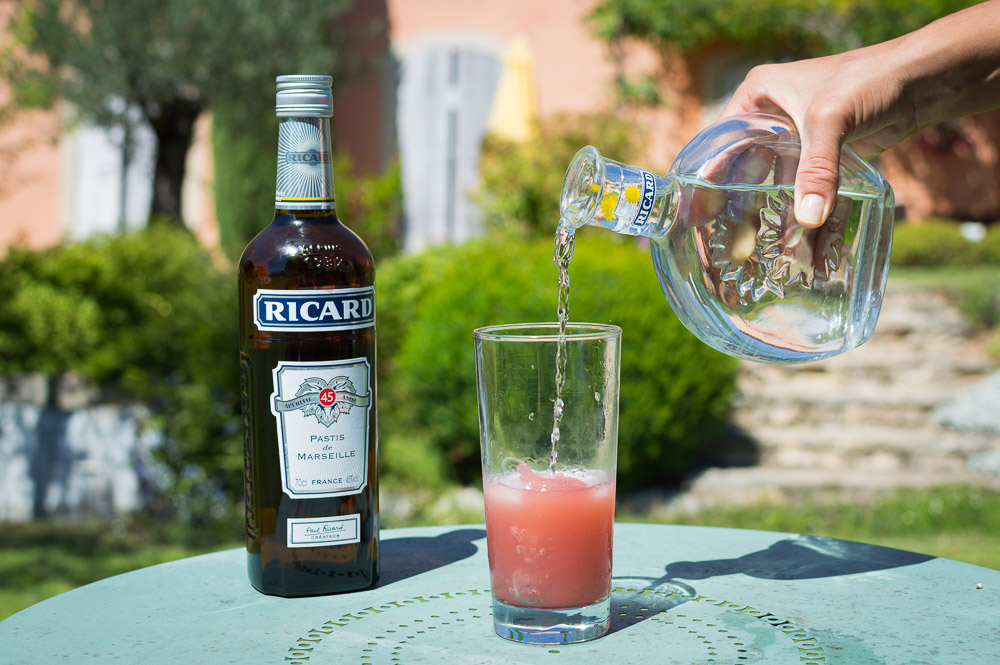
For a Perroquet
10-20 ml mint syrup (depending on how sweet you want it)
30 ml pastis
chilled water to taste
Pour in the mint syrup, add the pastis and mix in chilled water to taste. Stir to get a pretty green colour. Ice cubes optional.

For a Mauresque
10-20 ml orgeat syrup (depending on how sweet you want it)
30 ml pastis
chilled water to taste
A favourite in Nico’s family, the sweet Moresque has the addition of fragrant orgeat syrup – made from almonds, sugar, rose water or fleur d’orange. Simply pour in the orgeat syrup, add the pastis and mix in chilled water to taste. Ice cubes optional.

Santé!











2 Comments
petra
August 29, 2015I just spent a month in Corsica where pastis is ubiquitous too, but I simply can’t get used to it. I can’t even stand the smell. so I stick with gin & tonic or a glass of rosé.
Nico & Gabi
August 30, 2015Hi Petra, I can totally understand, took me ages to get used to too and to be honest I would prefer a G&T any day! No harm in sticking to what you prefer, especially when offered even stronger raki or ouzo for example. But Nico’s family loves it and so does half of France it seems 🙂